Tate Exchange Blog
OpenLearn Unit
Desire Lines
In human effort, the only source of energy is desire. It is not in a person’s nature to desire what he already has. Desire is a tendency, the start of a movement towards something, towards a point from which one is absent[1].
As “informal” pathways, desire lines offer alternatives to existing ways within normative and usually highly planned spaces such as housing estates, town centres, or public parks. The distinction may seem straightforward, but it is important to understand, precisely, what makes a pathway either “formal” or “informal”. Two obvious examples of formal pathways, both of which are defined by the Highways Act 1980 are footways (pavements or sidewalks) and footpaths[2].
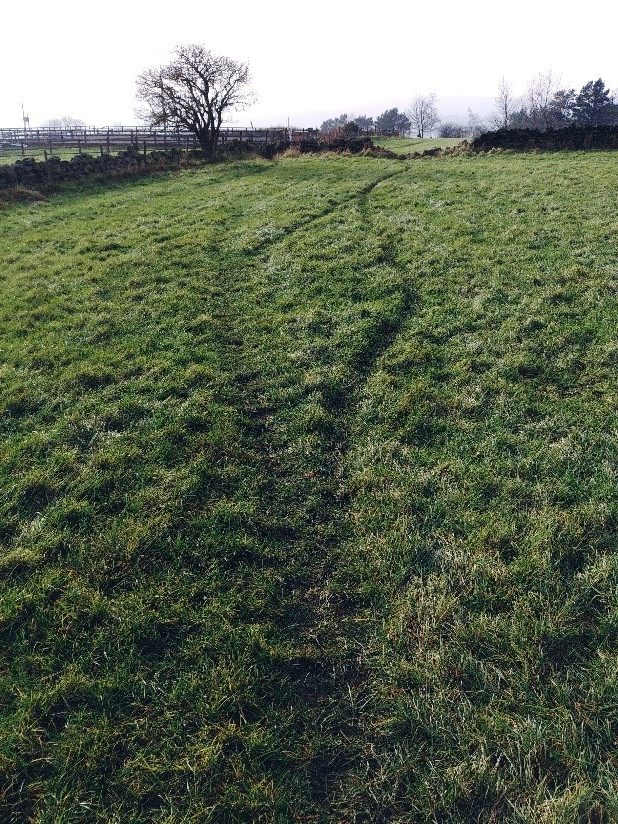
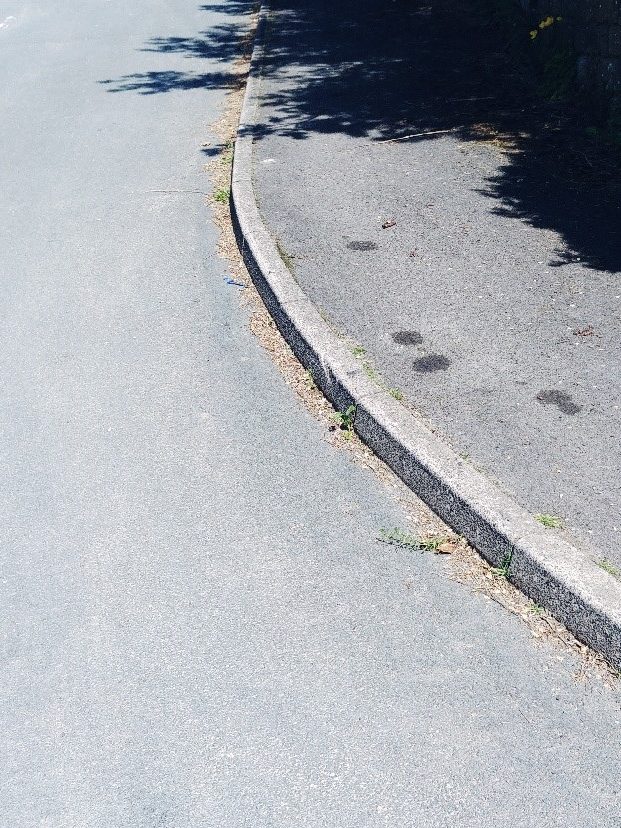
Figure 2: Footpath & Footway. Images by Robert Herian
Of the two it might be argued that public footpaths, especially in the countryside, seem less planned than their asphalt counterparts, pavements. Yet, both demonstrate human ingenuity in planning routes and journeys that inscribe the physical landscape, while creating rights of way that describe legal character within the landscape. For good or ill, and like writing on a page, pathways tell stories of movement through traces that begin tentatively (informally) but inevitably become fixed and formal. The formalization of pathways is described in law by the establishment of rights of way, usually ‘a period of use of 20 years from the point the use of the path is brought into question[3].
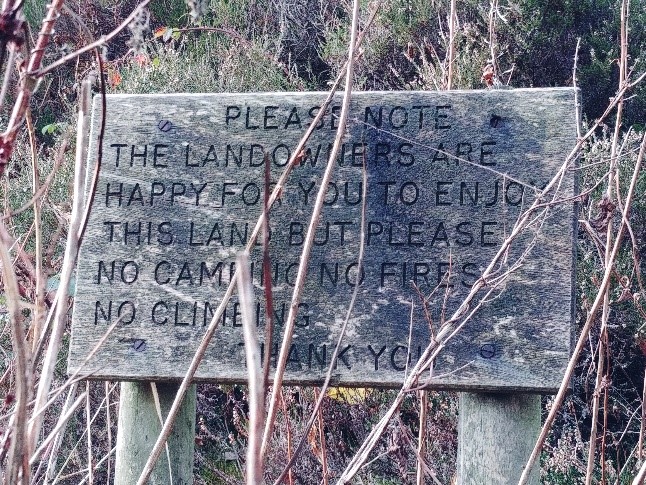
Figure 3: Enjoy the land! Image by Robert Herian
Establishing and importantly also formally recording rights of way, on an Ordnance Survey map for example, has long been important to ramblers and those who enjoy walking in the countryside. Accurate knowledge of rights of way opens the countryside for exploration. It would be too much of a distraction to talk in-depth here about property law. But, worth briefly noting is that, whilst “property” is commonly thought of as a physical thing such as a car or a piece of land, the law regards it instead as a bundle of rights. Among these rights is the right to exclude, which, in the context of land, means the right to stop people from entering (trespassing) or crossing privately owned land. One of the reasons a right of way is significant, therefore, is because it represents a compromise between owners and non-owners within the context of a broader private property regime. While the right to exclude absolutely might be preferable economically (it can secure and maintain land value for example, e.g. in cases of so-called “land-banking”), from the point of view of social and what we might also call spatial justice, including giving people a reasonable opportunity to explore and enjoy their environment, rights of way are an precious if limited sharing of space.
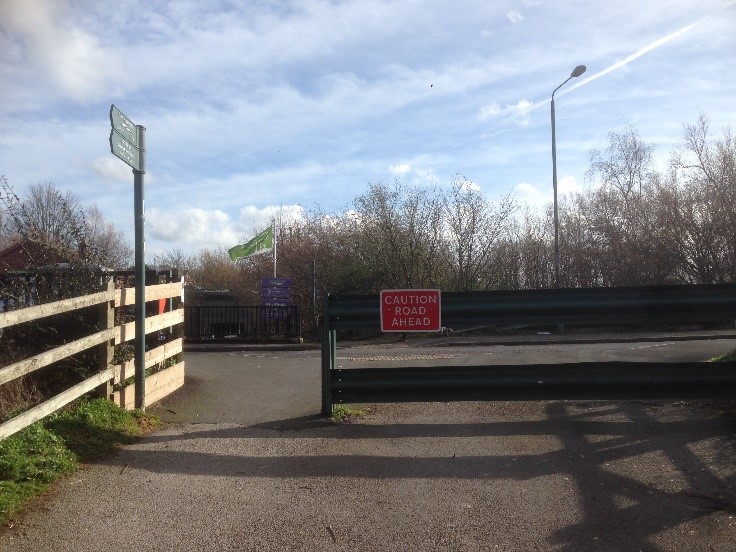
Figure 4: Disciplining movement. Image by Lucy Atherton
Wherever we turn in towns, cities and the countryside, we must negotiate planned spaces that, even when they might be thought of as “public” like a canal path for example, are in fact shaped by private ownership and the rights that ownership entail. Formal pathways are just one example of how movement is governed and disciplined by planning rules and norms overseen by private property law and a variety of other regulations. Signs and defensive architecture, like the barriers and fences in figure 4, in conjunction with pathways, channel movement and ensure walkers and other users of the pathways stay on the right path, so to speak. Formal paths, in this sense, are thick with metaphor but, more importantly, reflect contemporary bureaucratic concerns to manage demands for efficiency and mitigate risk. The aim is to ensure individual and collective movement that is controlled and predictable as far as possible. Whilst the likelihood of injury or death to occur if the mix between cars and pedestrians is not planned for or managed properly suggests some bureaucracy is a good thing, the notion that one is not fully in control of where or how one moves through the landscape (the essence of being governed and disciplined) is more jarring to our sense of self. For Michel Foucault, for example, the governance and discipline of movement is one element that produces ‘docile bodies’[4].
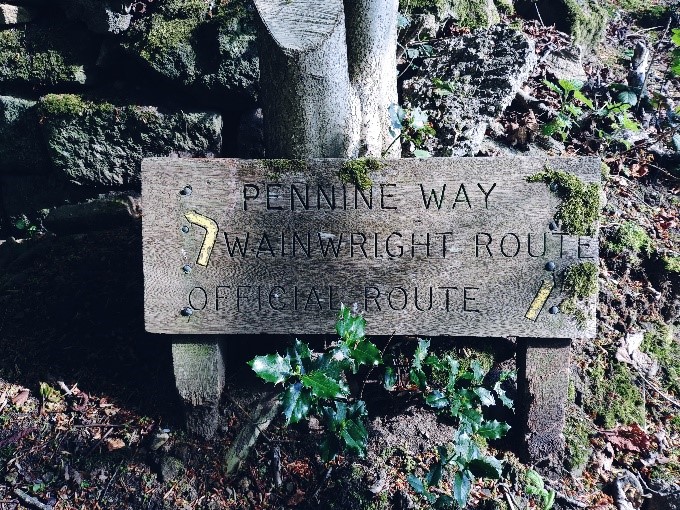
Figure 5: The “Official Route”. Image by Robert Herian
It is often useful to be told which way to go. A well-worn path and clear signs that point the way make life easier, require less self-planning or initiative, and tend to make the experience of a journey less stressful. Indeed, many of us probably accepted long ago, without even really noticing, a degree of complacency towards planned space that makes us easily annoyed when we lose the path. Re-tracing your steps is time consuming and can take you in the wrong direction after all. Through a bureaucratic lens, losing the pathway has a negative impact on efficiency, so more planning must be required.
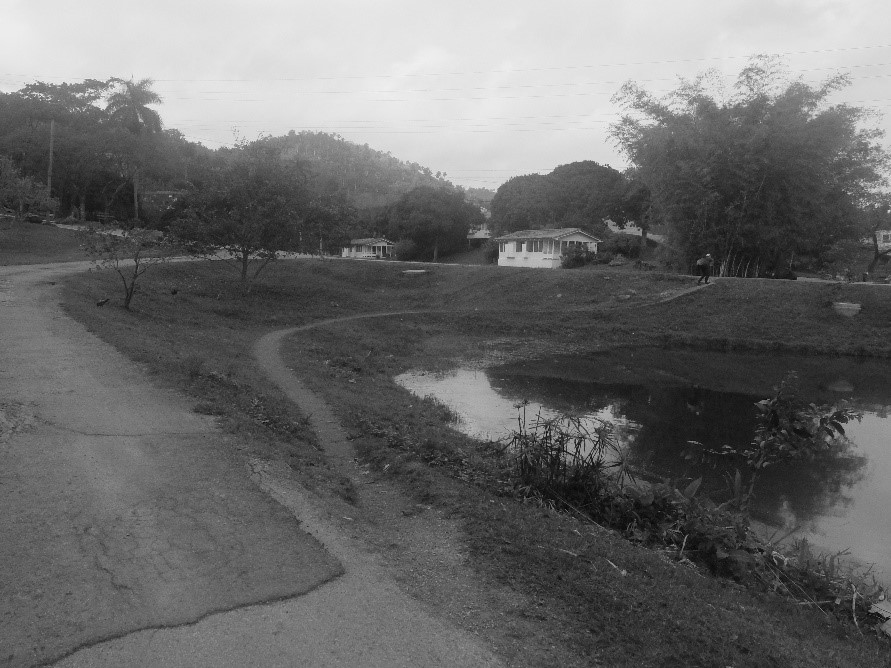
Figure 6: The Efficient Route. Image by Robert Herian
Leaving the beaten track may be romantic or fill us with a gratifying sense of mischief. As alternatives to the norm, desire lines are manifestations of a type of rejection of formality and thus also an attempt to reject the discipline that accompanies it. Yet we all eventually fall back into line, return to the paths we are supposed to be on, don’t we? Desire lines exist only to bring points of formality closer together, not to undo or destroy formality, or postpone it indefinitely. When we stop to think about this of course, the very idea of leaving the beaten track, romantic or not, means nothing without having a beaten track to begin with.
Distinctions between formal and informal pathways are clearly made in law (and elsewhere). But what is formal is always already (in)formal. Informality breeds formality, and informal ways, in turn, are re-found in formal, planned spaces. All pathways intertwine to produce what Michel de Certeau calls ‘a rhetoric of walking’[5]. Desire lines today are poetics of longing in bureaucracy, maps of productivity and efficiency, configurations of advancing and overbearing economic motion that no fence can stop.
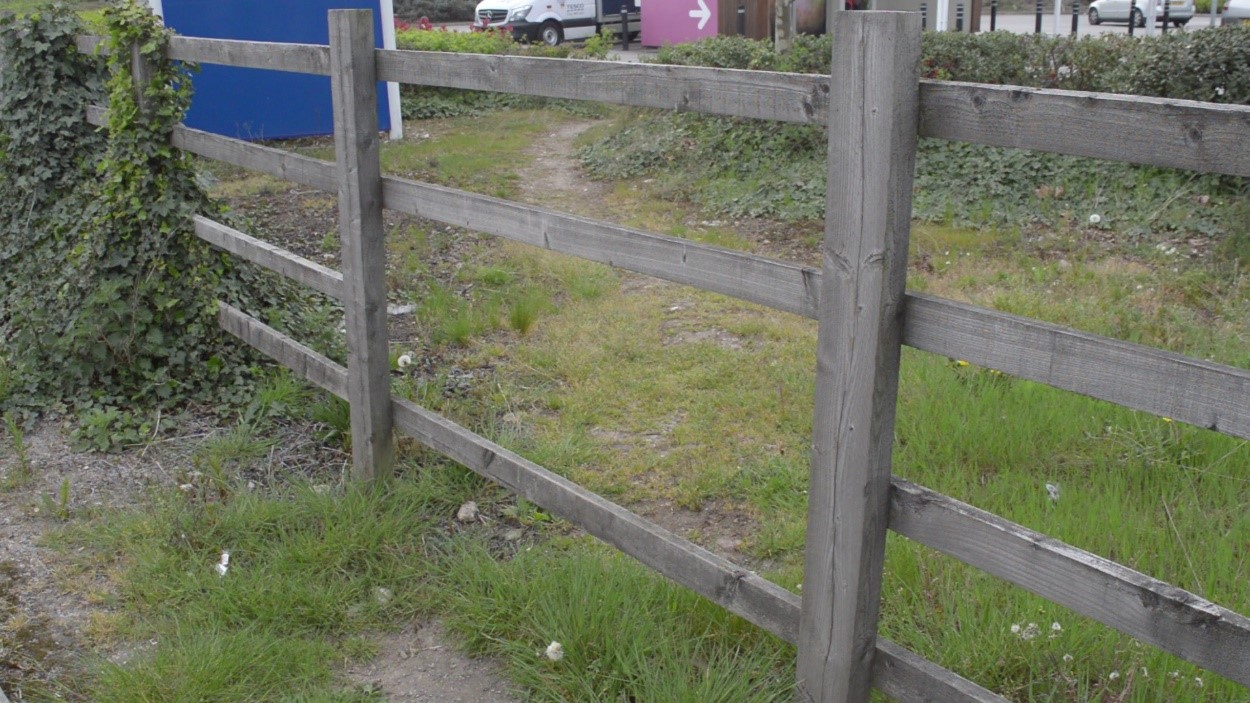
Figure7: Avanti! Image by Lucy Atherton
* This blog is part of the project, Desire Lines, by Dr Robert Herian and the artist Lucy Atherton. For more information on Lucy’s work see: www.lucyatherton.com
[1] Simone Weil. 2005. Prerequisite to Dignity in Labour. An Anthology. Edited by Siân Miles. London: Penguin Classics, p.265
[2] Highways Act 1980 s 329(1): “footpath” means a highway over which the public have a right of way on foot only, not being a footway; “footway” means a way comprised in a highway which also comprises a carriageway, being a way over which the public have a right of way on foot only.
[3] Emma Downing. 2011. Establishing in a Right of Way. House of Commons Library. Available at: https://researchbriefings.files.parliament.uk/documents/SN06026/SN06026.pdf (accessed 13 May 2019)
[4] Michel Foucault. 1991. Discipline and Punish: The Birth of the Prison. Translated by Alan Sheridan. London: Penguin, p.164
[5] Michel de Certeau. 1984. The Practice of Everyday Life. Translated by Steven Rendall. Berkeley: University of California Press, p.99